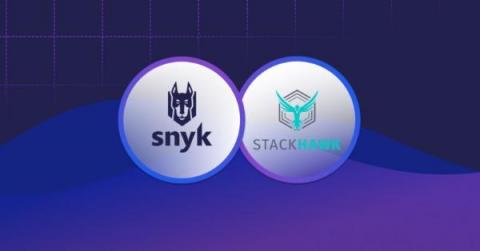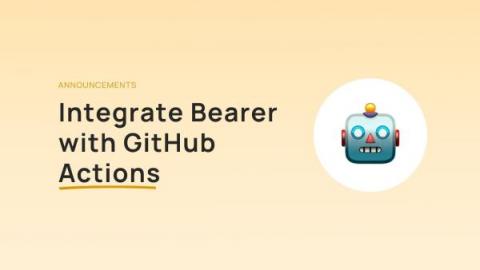Code Intelligence Raises $12M for Dev-First Security
We are thrilled to announce that we secured our Series A funding round of $12 Million to fulfill our vision of a world where security is a given, not a hope. The round was led by US-based Tola Capital and introduced experienced business angels such as Thomas Dohmke. We will use the funds to add support for more programming languages, provide further dev tool integrations and grow the team.











